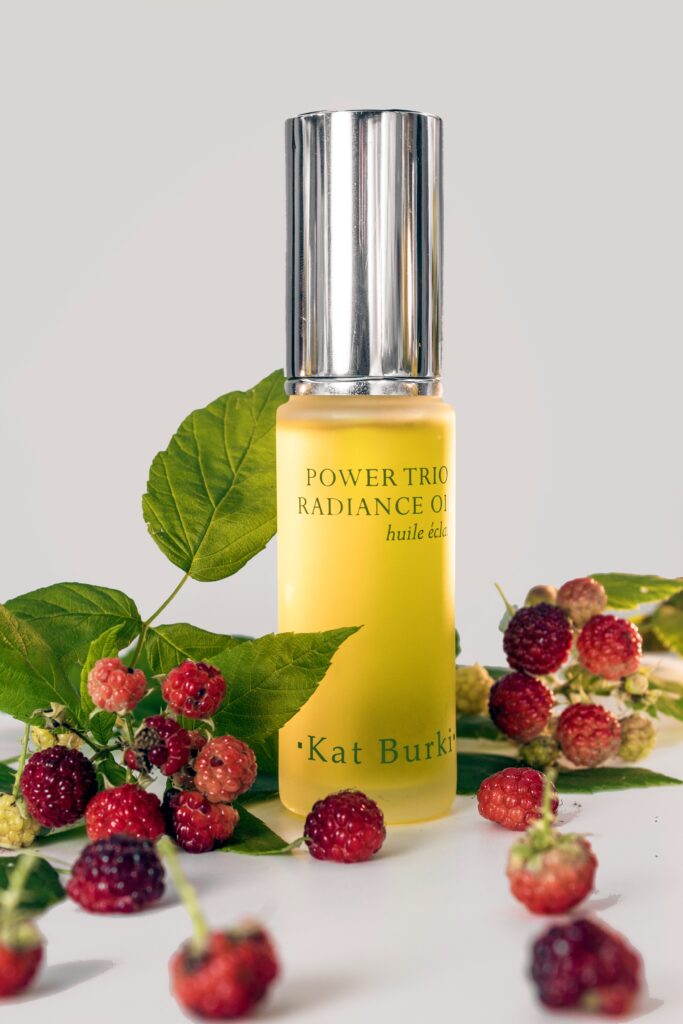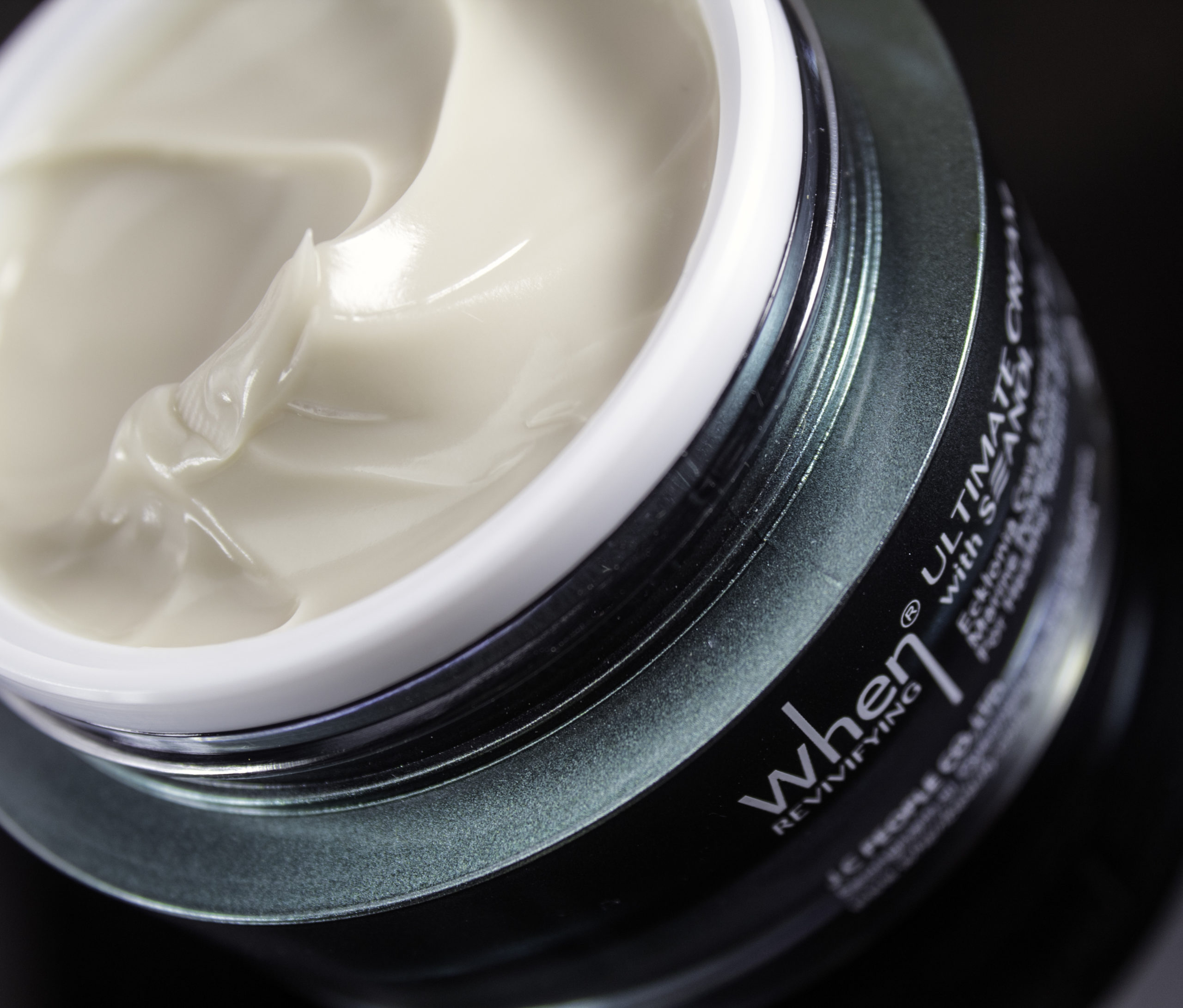Beta Hydroxy Acids or bHAs, are less well-known than their aHA counterparts. But they are just as useful for treating several skin conditions. Beta Hydroxy Acids are excellent for reducing adult acne, enhancing gentle skin exfoliation, and correcting an uneven skin tone. Despite their prevalence in skincare formulations, many do not know how to get the most benefit from bHAs. Can bHA help your skin concerns? Discover more about how to use Beta Hydroxy Acids.
What are Beta Hydroxy Acids?
Beta-hydroxy acid (bHA) is a form of oil-soluble exfoliant which is derived from fruit, plant or milk sugars.
It is most commonly used in skincare to treat acne, fine lines and wrinkles, blackheads, dullness, and photoaging.
bHAs are often gentler than aHAs and have some extra anti-bacterial benefits.
How do Beta Hydroxy Acids Work?
As a general rule, bHAs are particularly good at clearing out a pore or deep cystic acne without excessive irritation to the surface of the skin.
BHAs are a type of exfoliant that is lipid soluble. This is useful because as they penetrate deep into the pores, they can break up and remove oily debris such as dirt, excess sebum, or dead skin cells. This makes bHAs super effective on certain types of acne. They are also highly effective on counteracting the effects of photoaging [1].
What are some types of beta Hydroxy Acids?
You are likely most familiar with the most commonly known bHA in skincare: salicylic acid. But there are several forms of bHAs.
Salicylic acid is most helpful to unclog pores and reduce inflammation. It is particularly effective on stubborn adult acne and cystic acne. [2]
Over-the-counter preparations contain two percent or less Salicylic Acid. These levels do not cause the itchy dryness and inflamed peeling that often occur with Benzoyl Peroxide or Retinol, especially when used as a spot application.
Salicylic Acid preparations as high as 30% are used by professionals as an in-office chemical peel treatment. [3] This should only be undertaken by a trained professional.
There are also substances related to salicylic acid or salicylic acid derivatives. These include beta-lipo-hydroxy acid (LHA), salicylate, sodium salicylate, and willow extract.
Read more about the benefits of salicylic acid in this article.
Not impressed with salicylic acid? You got options.
Other less well-known types of Beta Hydroxy Acids used in skincare formulations include:
Beta hydroxybutanoic acid
Beta hydroxybutanoic acid is derived from sugar beets.
It is like a kinder gentler version of salicylic acid.
If your skin is sensitive AND you have acne, Beta hydroxybutanoic acid is a good option.
Trethocanic acid
Trethocanic acid is an acid derived from pine bark.
It is similar to salicylic acid, but more robust.
If your acne is severe and not responding to standard remedies, trethocanic acid is the “big guns” of the bHAs.
Citric Acid
Citric acid is a fruit-based acid that helps clear dead skin cells. It is often used within formulations to enhance the penetration of active ingredients.
This especially enhances the treatment capabilities of ingredients geared towards addressing signs of photoaging.
Citric acids are generally less irritating than other comparable acids such as glycolic acid. Yet one study found that applying citric acid regularly for three months produced changes similar to those observed with retinoic acid. Notably, an increase in epidermal and dermal “glycosaminoglycans and viable epidermal thickness“. [4]
Some of Our Favorite BHA’s
Kat Burki Power Trio Radiance Oil
Combining just three oils, this treatment features Raspberry Oil which contains Salicylic Acid. I find it pairs nicely with the other restorative and hydrating oils to keep my skin in balance when I am not experiencing active breakouts.

Neutralyze Exfoliating Pads
These mean business. It combines Salicylic and Mandelic Acids with Nitric Oxide for serious purging power. Not for the faint of heart: I had to discontinue retinoids during use, and use extra moisturizer, but it sure cleared up my stubborn blackheads fast.
Clinique Acne Solutions Clinical Clearing Gel
Specifically suited for stubborn adult cystic acne, a thin layer of this unscented gel formula dries down clear and virtually undetectable for daytime use. After trying numerous salicylic acid gel formulas, I was amazed at how fast this gentle formula worked.
When Revivifying Ultimate Cream
Now here is a surprise appearance by BHA: in a decadent, moisturizing cream. But I find the light use of bHAs wisks away dry skin flakes to prepare the skin to best absorb the skin-loving brown algae (whuch contains polyphenols, amino acids, vitamins A, B, C, and E) plus mango seed and cocoa butters. My skin appears brighter. This cream is an amazing antioxidant that reduces wrinkles and revives skin.

What are the benefits of using Beta Hydroxy Acids?
BHAs have a range of benefits for the skin, making them a great addition to any skincare routine. Here are some of the most notable benefits:
bHA treats Scalp Issues Affecting Hair Health
Healthy hair starts with a healthy scalp. bHAs’s cell turnover capabilities make useful treatments for a variety of scalp conditions including dandruff, seborrhea and even psoriasis. Salicylic acid helps loosen the “glue” of dry or scaly skin. bHAs also tend to smell better than many medicinal shampoos used to treat these conditions.
BHA Prevents & Treats Acne
Salicylic acid, trethocanic acid, and Beta hydroxybutanoic acid are all highly effective at treating and preventing acne. They work by penetrating deep into the pores to dissolve excess oil and dead skin cells, which are the primary causes of acne. This also helps clear blackheads and the ever-tricky whiteheads.
BHA has more antibacterial properties than aHAs.
BHA Counteracts Dull Skin
BHAs are excellent exfoliants, clearing away dead skin cells that can harbor bacteria and help form blemishes. Even if you are not acne-prone, dead skin cells can dull a complexion. BHAs helps to prevent acne and promote a smoother, more even skin texture.
Evens out skin tone
BHAs improve skin texture and elasticity by promoting cell turnover.
BHAs can help to even out skin tone and reduce the appearance of dark spots and hyper-pigmentation. They work by exfoliating the top layer of the skin to reveal fresher, brighter skin underneath.
If your only skin issue is skin tone, aHA’s such as glycolic acid work faster at brightening the skin.
How to use Beta Hydroxy Acids in your skincare routine
If you’re looking to incorporate BHAs into your skincare routine, there are three important rules:
1. Always use a broad-spectrum sunscreen
BHAs can make the skin more sensitive to the sun, it’s essential to use a broad-spectrum sunscreen to protect the skin from UV damage.
2. Start slowly with low doses
BHAs can be strong, so start slowly, using a BHA product only once a week to start. Use spot treatments whenever practical. Remember to keep skin well moisturized.
3. Avoid combining acids or using other exfoliants
A good HA should replace a grainy exfoliant or exfoliating with a washcloth, especially on mature skins.
Using multiple exfoliants can be too harsh for the skin, so it’s best to avoid using BHAs with other exfoliants like AHAs (Alpha Hydroxy Acids) or physical exfoliants like scrubs.
Some combinations of aHA and bHA formulations are very effective but avoid experimenting with mixing and matching on your own acid cocktails.
Summary of What You Need to Know Before Using BHAs
Beta Hydroxy Acids unclog pores, exfoliate the skin, and promote a more even skin tone. Salicylic acid is one of the few ingredients capable of treating adult acne without being too drying on mature skin.
If you’re new to BHAs, start slowly and be sure use moisturizer and sunscreen to keep your skin healthy and hydrated.
Was this article helpful? Then you may enjoy our Science of Skincare series exploring other ingredients such as Black Cumin Seed Oil , Watercress, and Rosehip Seed Oil.
Find more skin-friendly ingredients in the Style Chicks Defining Beauty Glossary. The Defining Beauty Glossary contains many helpful ingredients for hair and skin care.
References
- Kornhauser, Andrija et al. “Applications of hydroxy acids: classification, mechanisms, and photoactivity.” Clinical, cosmetic and investigational dermatology vol. 3 135-42. 24 Nov. 2010, doi:10.2147/CCID.S9042
- Bari AU, Tolerance and safety of superficial chemical peeling with salicylic acid in various facial dermatoses. Indian J Dermatol Venereol Leprol. 2005 Mar-Apr;71(2):87-90.
- Kessler E, Flanagan K, Chia C, Rogers C, Glaser DA. Comparison of alpha- and beta-hydroxy acid chemical peels in the treatment of mild to moderately severe facial acne vulgaris. Dermatol Surg 2008;34:45-50.
- Bernstein EF, Underhill CB, Lakkakorpi J, et al. Citric acid increases viable epidermal thickness and glycosaminoglycan content of sun-damaged skin. Dermatol Surg. 1997;23(8):689–694.
Leave a Reply